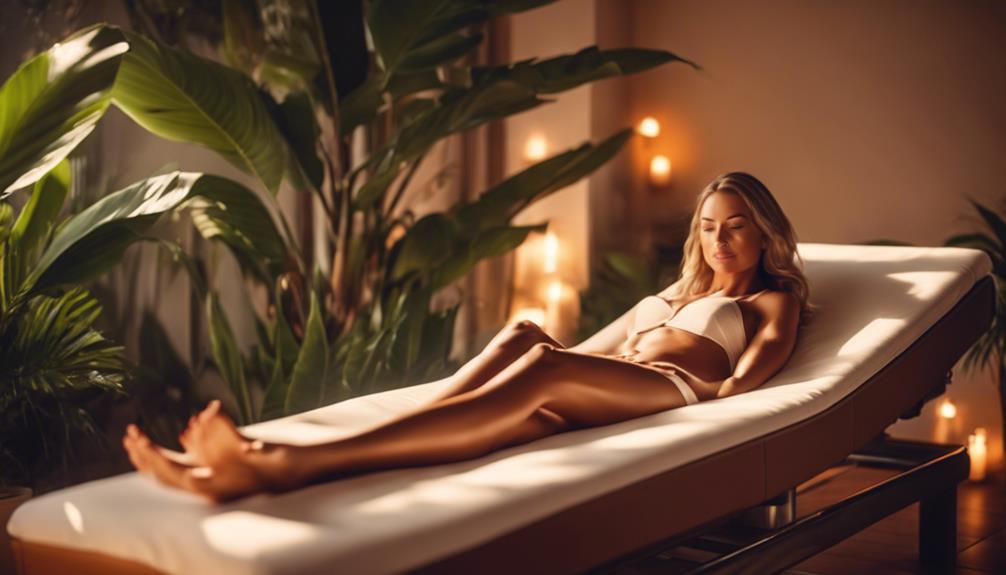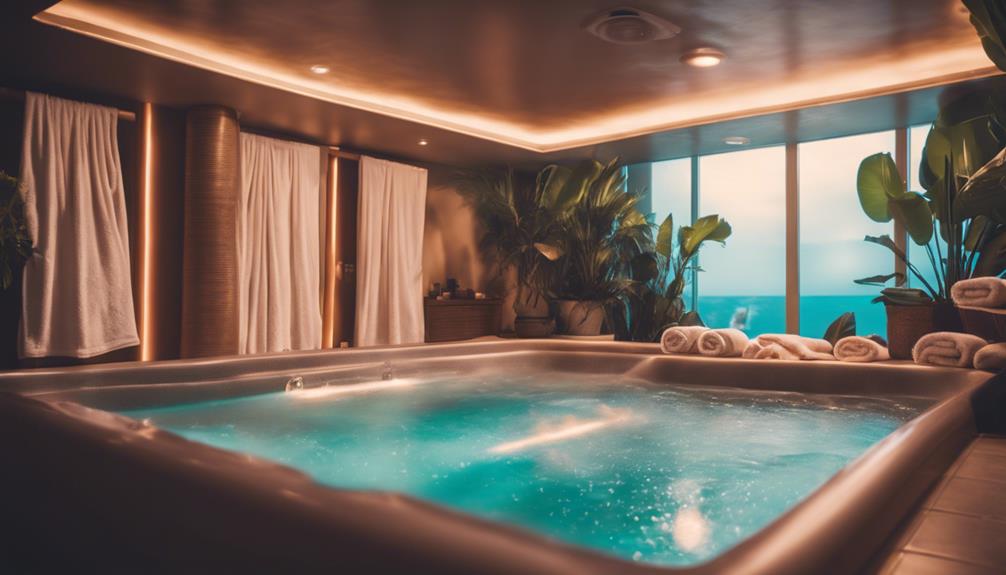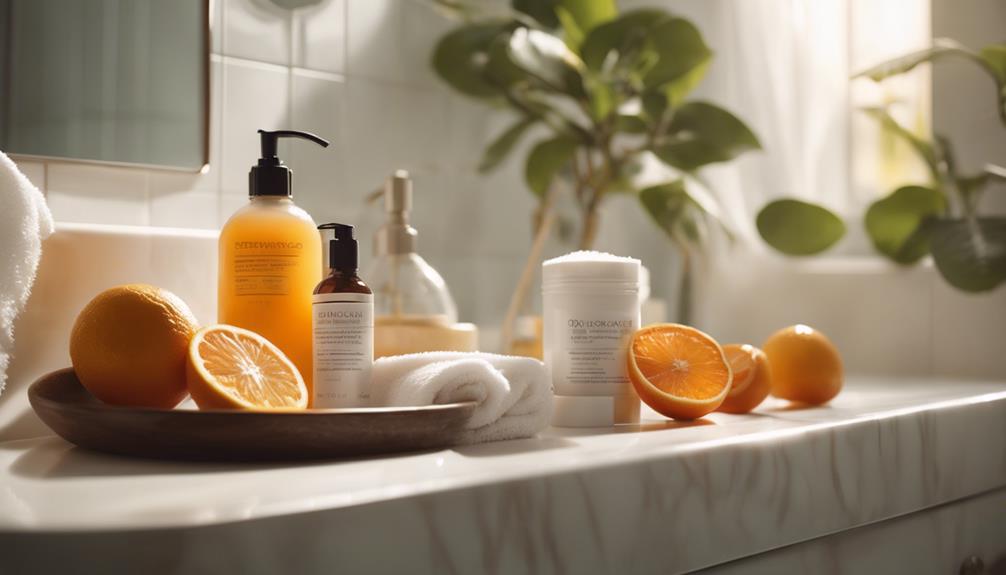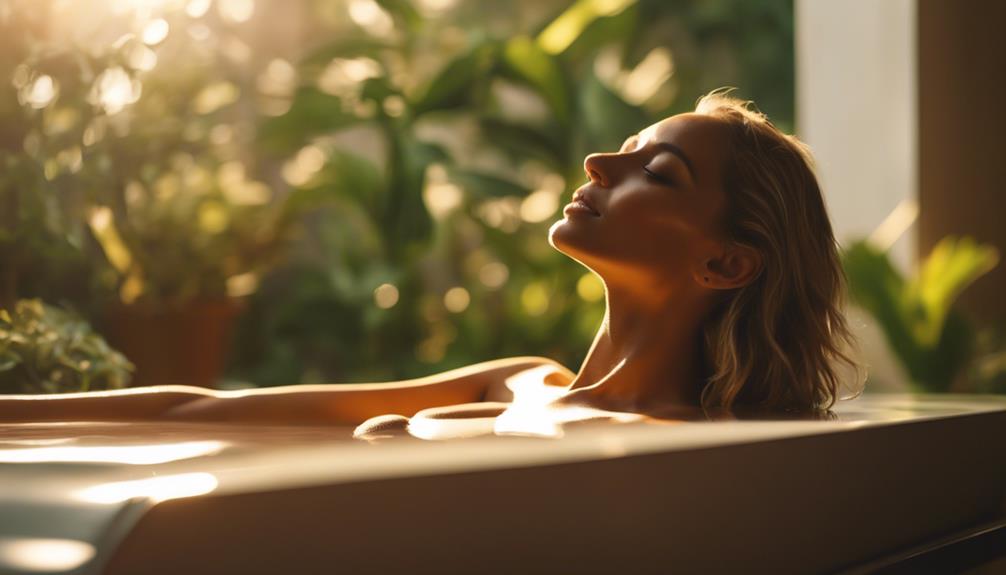If you're looking for the best tanning bed for depth, high-pressure tanning beds are your go-to option. They deliver intense UVA rays, allowing for quick, deep results. These beds are ideal if you're after a radiant glow without needing multiple sessions. While medium-pressure beds offer balanced results, high-pressure options maximize your tanning potential efficiently. Just remember to manage your session time for safety and use protective eyewear. Pairing your tanning experience with the right lotions can enhance results, taking your tan to the next level. There's even more to discover about optimizing your tanning experience!
Key Takeaways
- High-pressure beds deliver intense UVA rays, making them ideal for achieving a deep, quick tan in fewer sessions.
- Medium-pressure systems offer balanced results, suitable for those seeking a solid, golden glow without excessive UV exposure.
- Low-pressure options are beginner-friendly, allowing gradual tan development for users with lighter skin types or less tanning experience.
- Bronzing beds focus on longer-lasting color, incorporating advanced features to enhance depth and maintain a rich tan over time.
Tanning Bed Types
When choosing the best tanning bed for depth, understanding the different types—high-pressure, medium-pressure, low-pressure, and bronzing beds—can help you achieve your desired results effectively.
High-pressure beds deliver intense UVA rays for quick, deep tans, perfect if you want rapid results.
Medium-pressure systems provide a solid golden glow with shorter sessions, ideal for avoiding uneven tanning.
Low-pressure options are beginner-friendly and promote gradual tanning, making them great for infrequent users.
Finally, bronzing beds focus on longer-lasting color with advanced features, suitable for occasional treatments.
Tanning Bed Efficacy
Tanning bed efficacy varies considerably based on the type of bed used, influencing how quickly and deeply you can achieve your desired tan.
High-pressure tanning beds deliver rapid results, thanks to intense UVA rays, making them perfect for a quick transformation.
Medium-pressure beds offer a balanced approach, providing a solid glow while still being mindful of UV exposure.
If you're new to tanning, low-pressure options allow for a gradual tan development, ensuring a more gentle experience.
However, remember that the speed of tanning also depends on factors like skin type and session duration.
Understanding these differences helps you choose the best bed for your tanning goals while maximizing efficacy for ideal results.
Benefits of Tanning Beds

Using tanning beds offers controlled UV exposure, which can help you achieve a beautiful tan year-round, regardless of the weather.
You'll enjoy the convenience of tanning on your own schedule, without worrying about sunburn or uneven tans. Tanning beds deliver quick results, often providing a deeper color in fewer sessions compared to natural sunlight.
Additionally, the warmth and light can enhance your mood, promoting relaxation and a sense of well-being.
With various bed types available, you can choose one that best fits your tanning goals—whether you want a gradual glow or a quick, intense tan.
Safety Considerations
Prioritizing safety is essential for anyone looking to enjoy the benefits of tanning beds while minimizing skin damage and health risks. To guarantee a safe tanning experience, follow these key tips:
| Safety Tips | Benefits |
|---|---|
| Limit session duration | Reduces risk of skin damage |
| Use protective eyewear | Shields eyes from harmful UV rays |
| Apply tanning lotions | Enhances results, protects skin |
| Stay hydrated | Maintains skin health |
| Conduct regular skin checks | Monitors changes in skin |
Enhancing Tanning Results

Selecting the right bronzer lotion can greatly boost your tanning results and minimize the risk of burns. A well-chosen bronzer enhances the effectiveness of the tanning bed, allowing you to achieve a deeper, more even tan.
Here are four tips to enhance your tanning experience:
- Opt for a lotion with a high concentration of bronzers to accelerate the tanning process.
- Look for moisturizers that hydrate your skin, preventing dryness and irritation.
- Choose a formula with added antioxidants to protect your skin and enhance your glow.
- Consult with tanning professionals to find the best lotion tailored to your skin type and tanning goals.
Choosing the Right Lotion
Finding the right lotion is essential for maximizing your tanning results and protecting your skin during sessions.
Look for bronzer lotions that enhance your tan while minimizing the risk of burns. These lotions boost the effectiveness of UVA rays and help control UVB exposure.
A good bronzer accelerates the tanning process, giving you that deep, golden glow quicker.
Don't forget to reflect on your skin type and personal tanning goals when selecting a lotion. If you're unsure, consult with a tanning professional for tailored recommendations.
Remember to apply lotion evenly and generously before each session for the best results. This way, you'll enjoy a beautiful tan while keeping your skin healthy and hydrated.
Alternatives to Tanning Beds

If you're looking for sun-kissed skin without the risks of tanning beds, there are several effective alternatives to evaluate. These options can give you that golden glow while minimizing UV exposure:
- Spray Tans: Get an instant bronzed look without harmful UV rays.
- Self-Tanning Lotions: Apply these for a gradual tan, allowing you to control the depth of color.
- Bronzing Powders: Use these for a temporary enhancement that washes off easily.
- Natural Sun Exposure: Enjoy the sun responsibly with sunscreen to protect your skin while achieving a tan.
Frequently Asked Questions
How Often Should I Use a Tanning Bed for Optimal Results?
You should use a tanning bed 2-3 times a week for ideal results, allowing your skin to adjust while avoiding overexposure. Always monitor your skin's response and adjust sessions as needed for safety.
Can Tanning Beds Cause Skin Aging or Damage?
Yes, tanning beds can cause skin aging and damage due to UV exposure. To minimize risks, limit your sessions, use protective eyewear, and apply appropriate tanning lotions to protect and nourish your skin.
Are There Specific Skin Types That Should Avoid Tanning Beds?
If your skin's as delicate as a flower, you might want to skip tanning beds. Fair-skinned, sensitive, or those with existing skin conditions should avoid them to prevent further damage. Always prioritize your skin's health!
What Is the Cost Range for Different Tanning Bed Sessions?
Tanning bed session costs vary widely, typically ranging from $10 to $30 per visit. High-pressure beds often cost more due to their intensity. Packages or memberships can offer significant savings, so consider those options.
How Do I Properly Clean and Maintain a Tanning Bed?
To properly clean and maintain a tanning bed, you should regularly wipe down the surface with disinfectant, replace bulbs as needed, check for wear, and guarantee the ventilation system works well. Keep it sanitized for safe usage.
Conclusion
As you immerse yourself in the world of tanning beds, remember that choosing the right one is like picking the perfect brush for your canvas.
Each type offers a unique stroke to your sun-kissed masterpiece.
With the right knowledge and safety practices, you can achieve that radiant glow you've always dreamed of.
So, get ready to bask in your newfound confidence and let your skin shine like a summer sunset, turning heads wherever you go!









